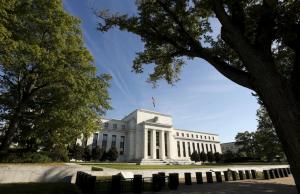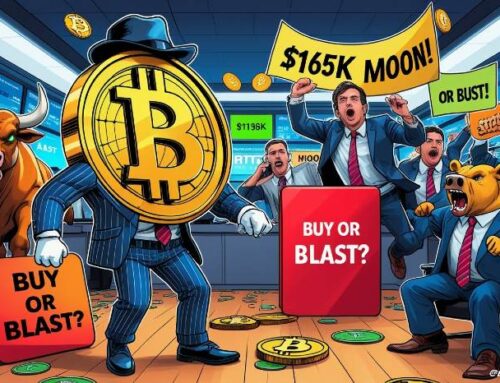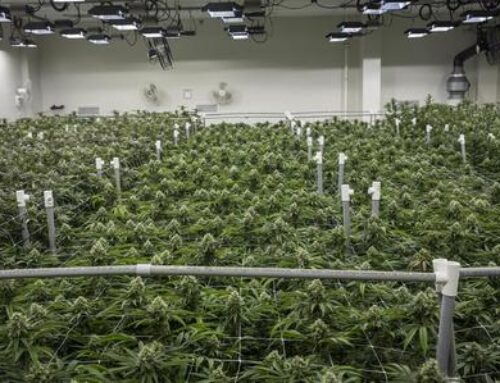Fed’s window for 2015 rate hike is closing quickly
September 21, 2015
The Federal Reserve may have missed its last, best chance to raise interest rates this year.
With the U.S. central bank passing last week on what was once supposed to be a lead-pipe cinch for a rate hike, the likelihood is rising that there may not be a move at all in 2015.
There are just two Federal Open Market Committee meetings left in the year, and both present problematic scenarios for action.
October lacks a scheduled post-meeting news conference, which Chair Janet Yellen uses once a quarter to explain rationale behind the FOMC’s thinking both in its rate decisions and economic forecasts. Yellen has insisted that should the committee decide to act in October, it simply could schedule an impromptu news conference. Doing so, though, would tip the Fed’s hand immediately and risk causing a market shock.
December is considered a likely scenario by many market participants, but that presents challenges as well. Market activity slows to a crawl around the holiday season, meaning that any jolt to the market, particularly the fixed income side, could be magnified.
In all, a year that was supposed to represent a return to normal, or at least steps in the that direction, is now turning into more of the same for the U.S. central bank.
The Fed insists that market participants should focus more on the expected slow trajectory of future rate hikes than the timing of the first one. If that was true, however, the Fed should be able to move whenever it wants. Last Thursday’s delay shows that the timing must matter.
“You don’t want the first hike in 10 years to be a surprise to the market,” Dan Greenhaus, chief strategist at BTIG, said in an interview. “By not hiking in September, you run the risk of not being able to hike until the April (2016) meeting.”
Read More The Fed has to deal with its own zombie apocalypse
The Fed has held to its crisis-level zero interest rate policy, in place since late 2008, even though the U.S. economy technically escaped the Great Recession in mid-2009.
In deciding last week to skip an anticipated rate hike, the FOMC cited not substantial weakness at home but rather concerns over an international slowdown. That move was significant on a number of fronts: It showed that the Fed had increased its mandate now to ensuring stability in overseas markets, and tacitly displayed the committee’s sensitivity to the urging of global central bankers who want the Fed to stand pat.
A fresh study Monday from the International Monetary Fund took aim at the multiple-mandate aspect of central banking, urging bodies like the Fed to worry more about price stability than trying to prevent future crises.
“Monetary policy should stick to its core mandate of price stability and should deviate from its traditional role only if the benefits to the economy outweigh the costs,” a release accompanying the study said.
“In most of the cases where trade-offs arise, the costs of a temporary rate hike outweigh the benefits,” the IMF added. “This is because higher rates significantly raise unemployment in the short to medium term, and increase financial stability risks due to lower growth, net worth and higher debt-servicing costs.”
Read More Fed official: No evidence QE boosted economy
To be sure, the rhetoric from Fed officials remains tilted towards moving in 2015. Accompanying materials released with last week’s FOMC statement showed that 13 of 17 members expect a move this year, and several Fed officials who spoke since the meeting have left wide open the possibility of a move before year’s end.
Traders, though, are not expecting anything at all this year.
Fed futures betting indicates just a 14 percent chance of an October hike and 41 percent in December. January is rated a 50-50 tossup, with March the first month ahead with a better than even chance, at 62 percent. The market correctly anticipated no September hike.
“We have to expect that if it is December (Yellen’s) going to make sure the market is ready for it,” said Quincy Krosby, market strategist at Prudential Financial. “She’ll work with investment banks and (commercial) banks to make sure there’s liquidity.”
Of course, 2016 presents its own challenges. There’s a hotly contested presidential race ahead, and the Fed’s unlikely to want to do anything to appear political.
Read More Fed’s Lockhart makes case to hike rates this year
In all, not moving in September has created a ticklish situation for the Fed, with the likelihood increasing now for an even later liftoff, according to Jan Hatzius, chief economist at Goldman Sachs.
“We still project a December liftoff because we expect decent job market news, stable to higher wage and core price inflation, and improvement in financial conditions. But the risks around this baseline are strongly tilted to the later side,” Hatzius said in a note to clients.
“October is very unlikely for both substantive and logistical reasons, while a significant miss on any of the liftoff conditions—jobs, inflation or financial conditions—would probably push the move into 2016,” he added. “Thus, the path to December is a narrow one.”
Search
RECENT PRESS RELEASES
Related Post






